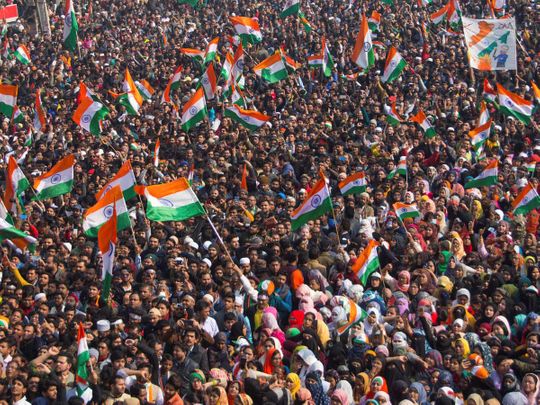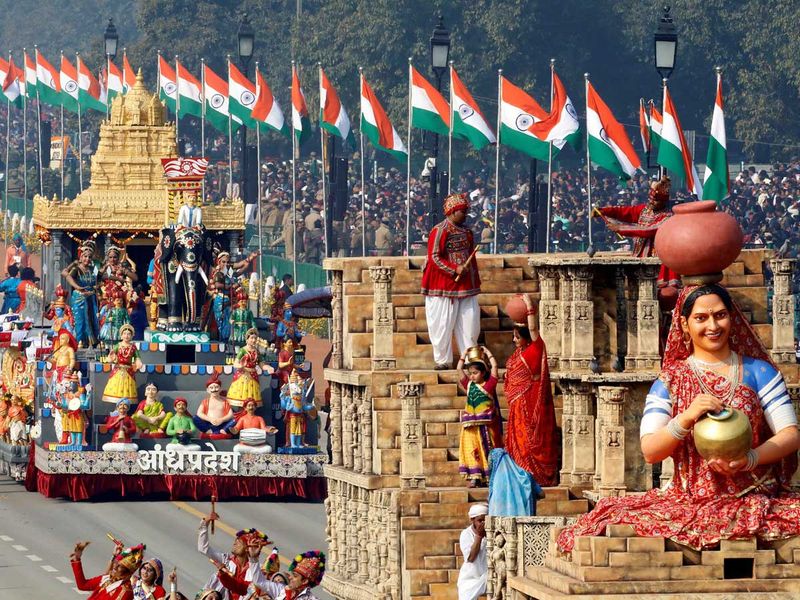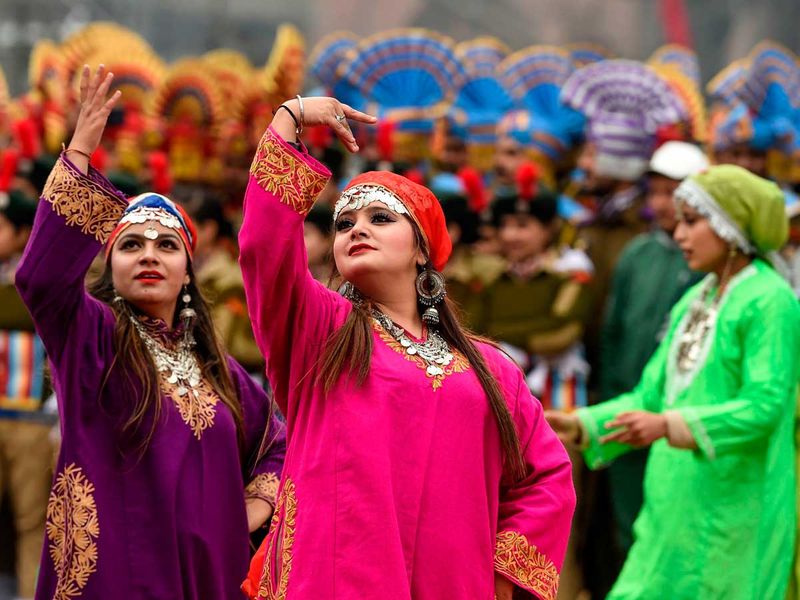
The Republic Day in India falls on January 26. The day is a celebration of January 26, 1950, when the Constitution of India replaced the British-sponsored Government of India Act. As India enters its 71st year as a Republic (Socialist Secular Democratic Republic, as officially phrased), no other single document has been more debated. It turns out the promises of equality, liberty, and justice that the Constitution seemingly dangles before its people have been elusive. Even delusive.
In the last several weeks, the Citizenship Amendment Act, the National Population Register, the much-rumoured detention centres (the government has not acknowledged their existence), and the general impression that the Narendra Modi government is exclusionary in the dispensation of Justice — a great theme of Plato’s Republic: Justice is deceptively derived as a shadow of the perfect Reality of Forms or a spiritual idea — is borne out by the continuing waves of civic unrest.
India was never a genuine democracy, contrary to pious liberal assertions. But it had flashes, as represented by Gandhi and Nehru. And these flashes are now the stuff of nostalgia.
No matter how urban-delimited these protests have been, Jew or gentile, a deep resentment is being articulated. Women have been a very visible part of it. This could be because in the current circumstances women afford men protection. It could be because the general sense of entitlement of the gender is adept at finding platforms that the moment throws up to voice their anger.
The minorities have united, or so it seems for now; the liberals and the fundamentalists, too. By fundamentalists in this context I mean the orthodox elements in all affected religions except the Hindu majority. The students as well. They began this protest season with the issue of hike in fees, and then that stream crossed over and flowed with the broader river of anger, where every current represents nearly a custom-made resentment. And each protest becomes its philosophical opposite, a celebration of sorts.
It is possible to argue that India as dreamed up by the Constituent Assembly of 1950, led by the likes of Pandit Nehru and Dr. Ambedkar, was misleading in the first place. India, despite its potential, remains a grand illusion. A rope trick. Which other country nearly lands a rocket on the moon, and then dries up its rivers with plastic waste? Which other country preaches asceticism with passion down the millennia and then with equal conviction cheats compulsively in material transactions? Indeed, which other country than India adheres to the great Gandhian principle of non-violence to win Independence, and then the very next day starts Hindu-Muslim riots that killed over a million people? The fact possibly is that what the Constitution aimed at was a Plato-esque Form. What India got was the shadows that the fires cast, as in the allegory of Plato’s Cave.

The Modi government is displaying a cussed but perhaps a much-needed sense of redefinition of the Constitution. The effort, even if misguided, has been to own it up. Their Hindu majoritarian reinterpretation — often alarmingly the same as the efforts at dismantling the edifice itself — of the Form is helpful if only as an unravelling of the tokenism that informs Indian ethics at behavioural levels down to the least chore, say, the displacement of dirt from inside home to the street outside, an act of transference that does nothing to destroy the waste. Or, the new secular middle class aspiring to love animals, for instance, dogs, but who actually are casteist in their partiality to foreign breeds. I would venture to say the Modi regime holds a mirror to India, and that the reflections found in it are cause for introspection.
India was never a genuine democracy, contrary to pious liberal assertions. But it had flashes, as represented by Gandhi and Nehru. And these flashes are now the stuff of nostalgia. So, while the BJP looks back at the ancient Gupta period for inspiration, the new protesters derive their inspiration from a more recent, post-independent past. Both are chimerical.
The question really is: has Modi, who sees himself as a messiah, failed in his mission as the architect of modern India? In the sixth year of his reign, the answer to that question is in the affirmative.
At the same time, the rebels seem adept at forgetting the riots of 1993, which killed hundreds, or the ongoing, simultaneous million other mutinies at all levels of society beyond the religion-divide; or the hard fact that the demolition of the Ayodhya mosque took place on the Congress watch when P.V. Narasimha Rao was the prime minister. The secular and progressive political parties now lamenting the demise of the Nehruvian vision merely watched the destruction of a part of his legacy from the sidelines, making occasional critical noises, when Nehruvians were in power.
Seventy odd years down from 1950, it is clear that India did not quite deliver on its promises. Its obsessions remain the same: Kashmir, Pakistan, the overshadow of China, Hindu-Muslim relationship, poverty, the chronic inability to be hygienic, the utter lack of social security, and an all-pervasive politics of tokenism, which subverts even infrastructure developments. Pandits in India talk endlessly about the idea of India. It is a tolerant India they are largely talking about.

On the other hand, the BJP is working toward an India of Sufferance, in which the minorities are ‘suffered’ to coexist. Naturally, a majoritarian right-wing would mistake it for a kind of strength. This is especially valid for Modi’s second term beginning in 2019. But if the economy were doing well, these divisive policies would have been redundant.
It is Modi’s personal failure that, contrary to his aspirations, the Indian economy is in a shambles. As socially and politically India plummets, so does its finances, in an unhappy co-relation. The question really is: has Modi, who sees himself as a messiah, failed in his mission as the architect of modern India? In the sixth year of his reign, the answer to that question is in the affirmative. This pulls the Republic deeper into the shadowland. But it is nevertheless an opportunity for the people in the Cave to break the shackles and turn around to see the real thing, the Form. That is happening. So long as India holds its gaze.
— C.P. Surendran is a senior journalist based in India










